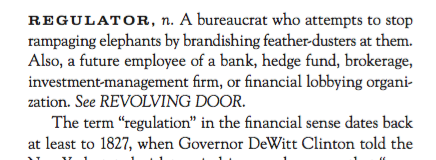 1) Cut Risk – It’s that “above all else, do no harm” principle. If you don’t have a feel for the market, trade small while you regain your feel. Preserve as much of your capital as possible to lay the foundation for your recovery;
1) Cut Risk – It’s that “above all else, do no harm” principle. If you don’t have a feel for the market, trade small while you regain your feel. Preserve as much of your capital as possible to lay the foundation for your recovery;
2) Focus on Your Strengths – It’s not unusual for frustrated traders to try to make all kinds of changes in their trading in a frantic effort to gain some traction. These efforts can compound difficulties by getting traders further and further from their strengths. During rebuilding periods, you want to focus on the markets and strategies that you know most about, that represent your strengths.
3) Reach Out – It’s especially helpful to reach out to traders who trade markets and strategies similar to yours. Are they also struggling? If so, this suggests that market changes, indeed, may be at the root of the problem. If the traders you contact are succeeding, try to find out what they’re doing differently from you. It may well be that a simple tweaking of execution, holding times, and risk management could turn your performance around.
4) Stay Constructive – You may well be in a rebuilding period. This happens to the best athletes and sports franchises. It doesn’t mean you’ve lost all talent and skill. Identifying the kinds of trades that are working for you is a start toward rebuilding: you want to find the common denominators behind your successful trades so that you can emphasize these going forward.
5) Work on Your Self-Talk – Hard as it is, it’s important to stay positive during a rebuilding period. The last thing you want to do is create additional interference by beating up on yourself and dampening your motivation. This is one of the areas where coaching can be helpful. Setting attainable goals and creating plans for learning new patterns and trading strategies can fuel optimism, determination, and focus.
6) Control the Budget – It very much helps to have a cash cushion to weather these rainy day periods. Living within one’s means also helps greatly. I’ve generally found that traders can adapt to shifting markets if they have enough time to make the transition. It’s when the pressures of bringing in money month to month add to the performance pressures of a drawdown period that turnarounds become difficult to sustain.
Perhaps the best advice, however, is preventive. Identify slumps early and control losses before they get out of hand. Perform regular inventories of your winning and losing trades, so that you’re always on top of what’s working for you and minimizing what’s hurting performance. During your best times, remember that markets always change and keep powder dry to weather the inevitable lean times. Ironically, the best way to master declines in trading performance is to embrace them early and turn them into prods for learning and development.







